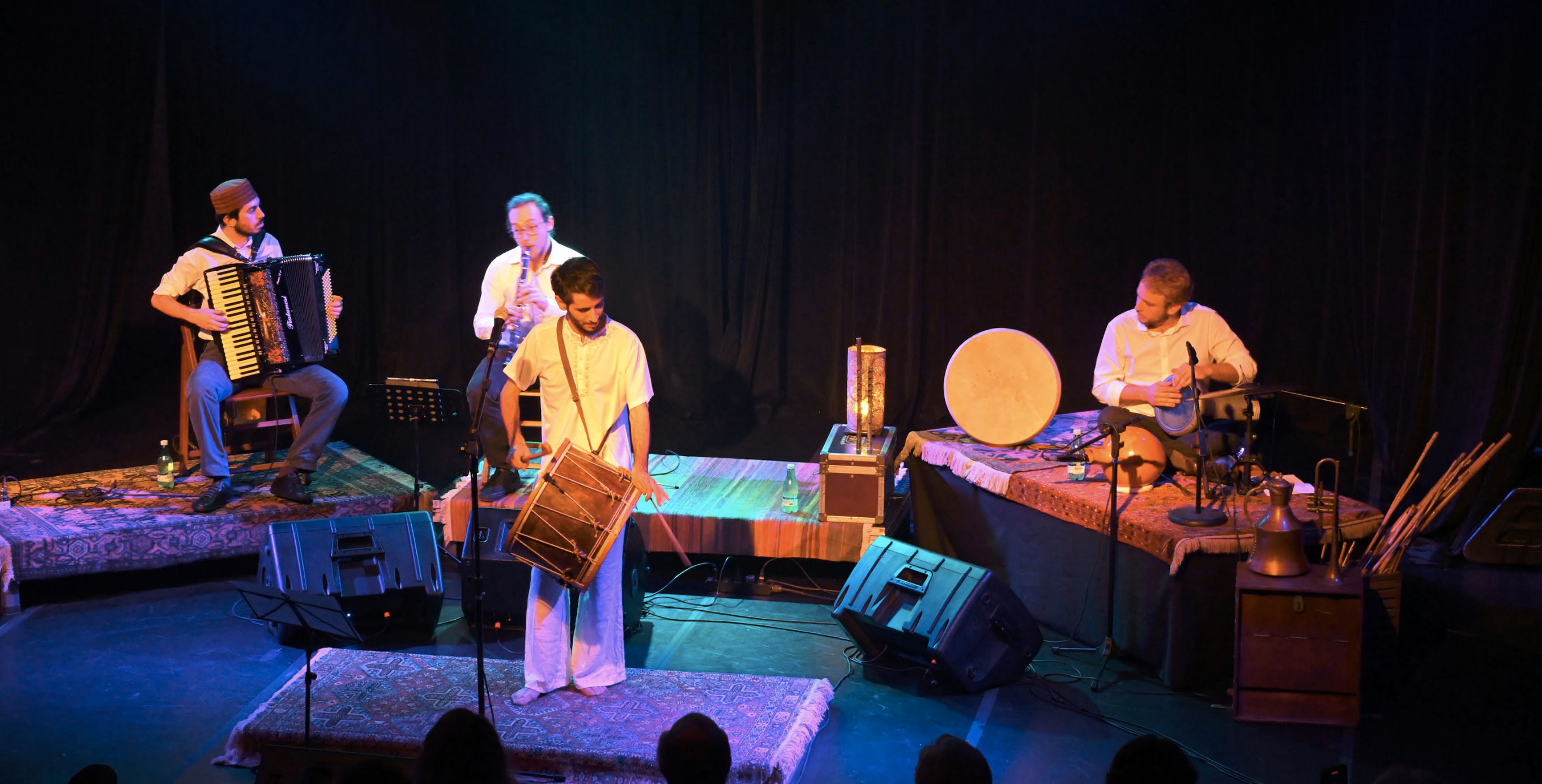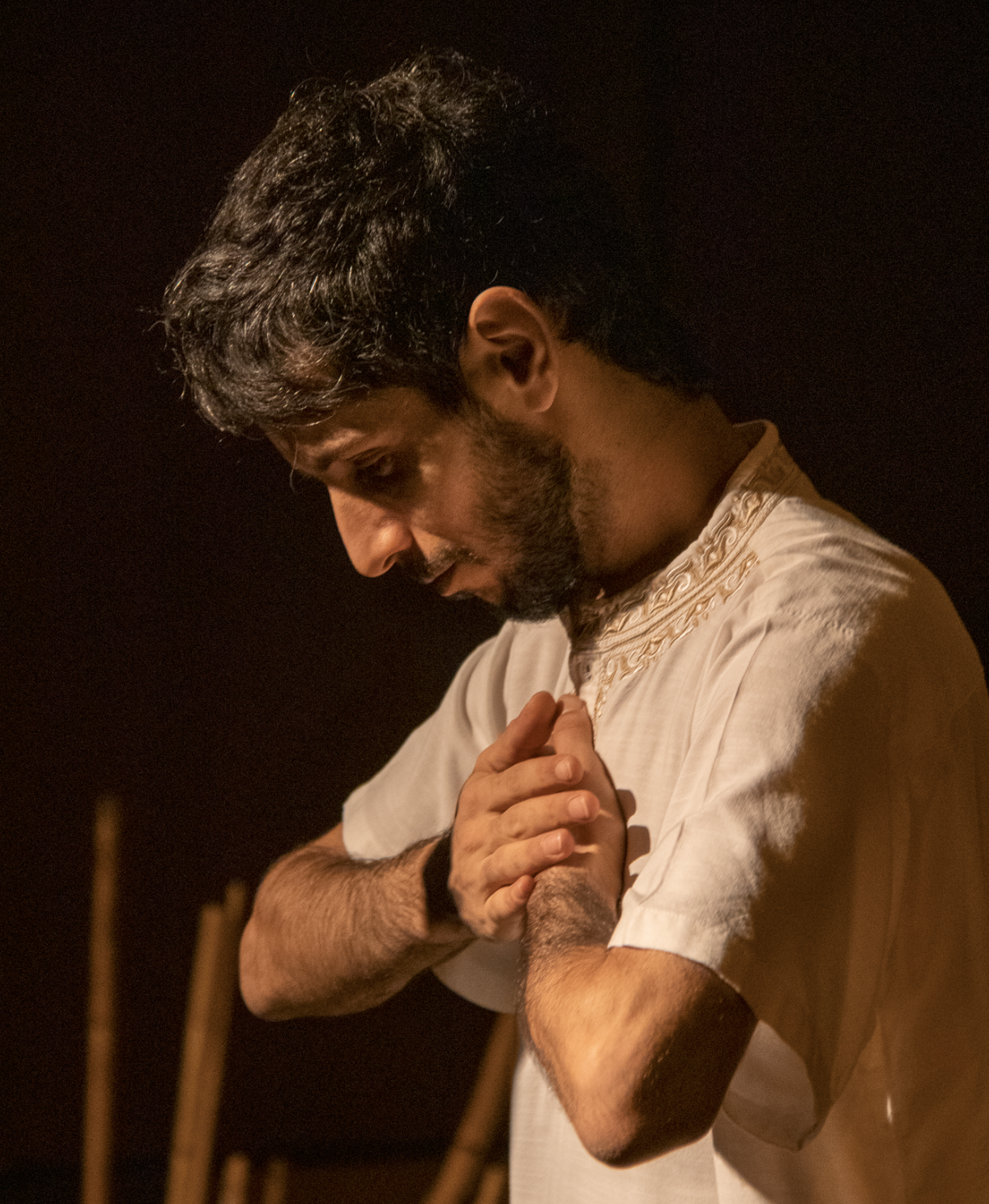We all require a language to communicate. Spoken language is our most common form, but written and visual communication can also convey meaningful information and emotion between humans. Sometimes, body language can express more than words do. Art is another a form of communication. For instance, Picasso’s painting Guernica communicates much about the horrors of war, while Beethoven’s “Ode to Joy” in his Ninth Symphony immediately lifts our spirits.
Despite the persistent challenges of assimilation that Kurdish culture and language have endured over the past century in Turkey, one aspect of Kurdish art has defiantly resisted these forces. Govend, a traditional Kurdish dance, stands as a beacon of cultural resilience amidst adversity. In a recent interview for Kurdistan Chronicle, Arjen Brusk, an accomplished artist and dance instructor, shared insights into the significance of govend as a cultural treasure. As the founder of Govend Istanbul and GOVENDISTAN, Brusk’s passion for preserving and promoting Kurdish heritage shines through in his dedication to this ancient art form, which many regard not only as art but also as a precursor to artistic expression.

RS: I would like to start by asking, is it halay or govend?
AB: I would like to counter with a question: what do you think halay is? The word halay is rooted in the word hulkirin/hilkirin in Kurdish, meaning “shoulder rising”, a bouncing movement. Hal means jumping or bouncing; halay comes from the word hilayi/helayi/holayi. A century ago, during the creation of a national identity in Turkey, existing multicultural elements were identified as Turkish folklore. It was taught in folklore lessons that halay means “‘the dance of the people of ‘alay’”, danced in the east and southeast of Turkey. With this, the dance’s Kurdish cultural roots were officially erased.
This was the same era when the myth was propagated that Kurds were “Mountain Turks”, with the sound made by stepping on snow (“kart-kurt”) posited as the root of the term “Kurd”. This was a major step in denying Kurdish identity. There is even a false history to describe the roots of halay: coming from Central Asia, halay dancers settled here, horon dancers settled in the Black Sea region, zeybek dancers settled in the Aegean region. That’s why the word halay has become a part of the language. It has been around for 50 years, with Turkish national folk-dance teams declaring it the “dance of the people of ‘the regiment’” and “the name of the dances of the eastern and southeastern region”. Today, even in Diyarbakir it is referred to as Diyarbakir halayi; when you call it by its the proper name, govenda Amede, people get confused. Halay is just the Kurdish name of a movement within govend. In general, jumping, moving down, right, left, in place are elements of dances all over the world, as well as in this dance, which Kurds call govend.
RS: So, what is govend, then?
AB: No one had studied the word’s etymology before, so I researched it myself. My theory is that it must have come from the term gotin u vendin. When we look at the context in Kurdish, gotin means “to say”, and vend means “to move”, so the phrase means “saying and moving”. The interesting aspect here is that you can either sing a song to tell a story, which we call chirokbej, about, for example, the eagle hunting the fox in the Bingöl mountains. You can also tell a story without saying anything through dance, sounds, and movements.
RS: So, govend is not just a dance, with its theatrical mise-en-scène, but also the transmission of cultural heritage due to its diversity of forms.
AB: Indeed, storytelling, music, theatrical performance, dance, dengbej, and many other elements are included. The sum of these is govend; gotin u vendin, that is, “to say and to do”. Vend also has a more ritualistic meaning. Therefore, halay is part of an act and govend is the whole.
RS: There is a very popular genre of govend generally known as şemame. What can you say about it?
AB: It became famous with the song Şemame, a song in which the singer compares the woman he loves to the şemok fruit—that is, a watermelon. Thus, şemame is actually advanced şêxani patterns, featuring more stagnant steps. The patterns started to be performed with the song, so different şemames with similar songs may also emerge. Of course, there is a village called Shekhan in the Kurdistan Region and it can be called the dance of that village. However, if we look at the root of the word, it is related to şêx, that is; the dance of “sheikhs” and “masters”.

RS: In govend the man shows himself to the gathered crowd. Is it possible for women to show themselves too?
AB: Of course, this exists, not with off-key movements, but with mastery and dignified movements. For example, in Mardin there is rehani, which we can call the bridegroom’s special govend. It is a very dignified dance, where men and women dance opposite each other, moving toward the right, with simple steps. At most they just snap their fingers. While it is intended primarily for the bride and groom, young people get up and do it together.
Everywhere, men and women, brides and grooms dance together, only the Kurds have not named it specifically. Outsiders call these dances by the names of Turkish folk dances. In Mardin, we find the designation rehani, and we also find çiftetelli. Its real name is çiftatili. The corruption of the Kurdish word çiftatilîya resulted in çiftetelli, which is Turkish for “paired hands”. It is a dance in which much choreography can be produced by snapping the fingers to create the desired improvisation.
RS: I have another question about cultural erosion. Kurds now call coming to the middle in govend “köçek”. But köçek is a dance performed by men wearing skirts at weddings in Kastamonu. What is the name of that movement in a Kurdish context?
AB: The basis of govend is the idea of acting together and being united, whether hand in hand, finger to finger, or shoulder to shoulder. After a certain point in govend, it is not enough for the person in charge, and he or she wants to do more. This is the moment of emergence. The person who emerges can tease someone, tell jokes, tell stories, and imitate people with the actions he or she makes in the center. If it is successful, the dancers sit and applaud in support. There are still places where this is done. Of course, when this movement is taken from that environment and called by the term köçek in folk dance practices and competitions for several years, people get used to it. Govend can be done with one person, or with many by uniting hands. From this point of view, what Michael Jackson did was also govend.
RS: Finally, did the Kurds create the govend or did the govend create the Kurds?
AB: From the Kurdish language Kurds created the govend, klam, dengbej, Kurdish literature, and its derivatives, but today govend is creating Kurds. Even tekno halay is proof of this; it is a haven where the youth take shelter. They take techno and apply it to govend, but still in their form. The Kurds created govend, and now govend is creating the Kurds.
Rumet Serhat was born in Istanbul and finished his Bachelor of Arts in 2001 in Near East University on Business Administration. Began his career on marketing 2003 and since 2007 on media sales. One of the founding members of IMC TV in 2009, he transferred to journalism part of the media with Bas News till 2016. Since 2017 he is doing freelance interviews in Turkish and English for various websites. He is currently International Relations (in English) student in the Anatolian University.